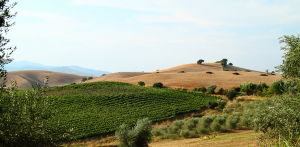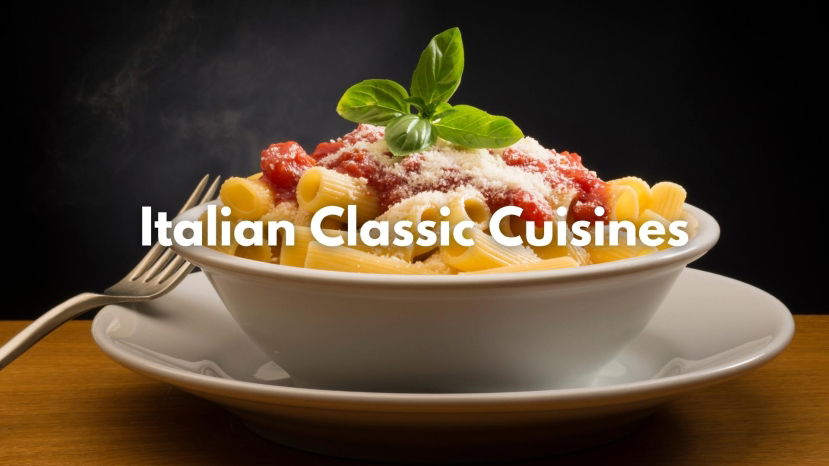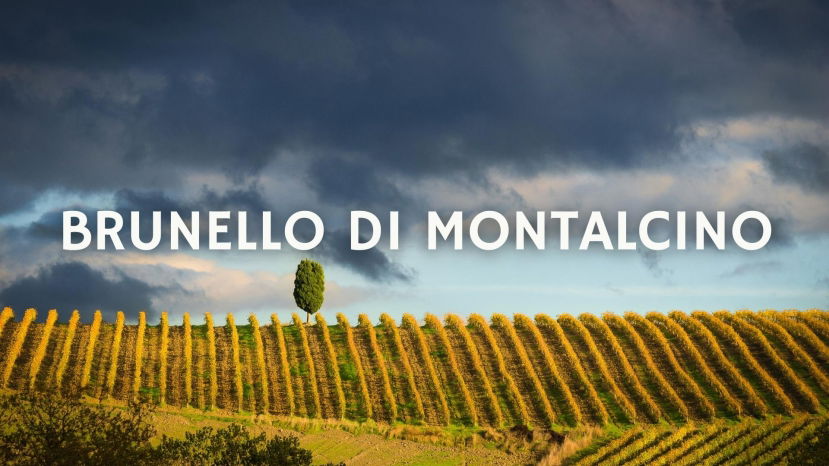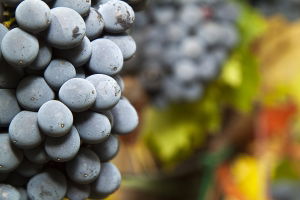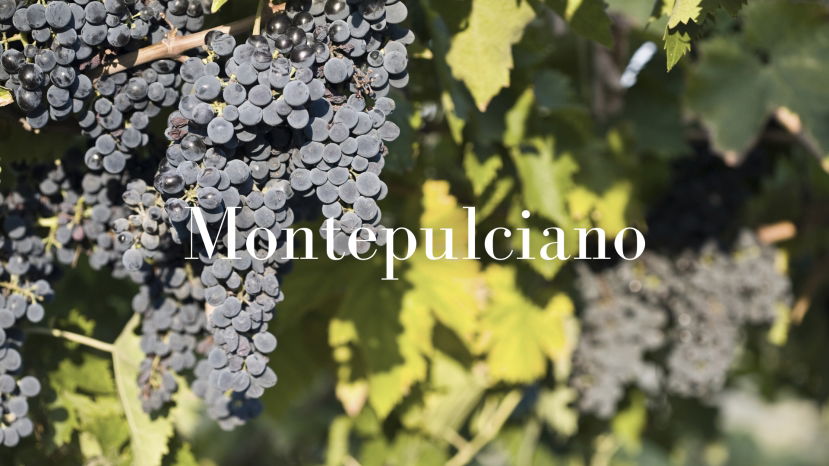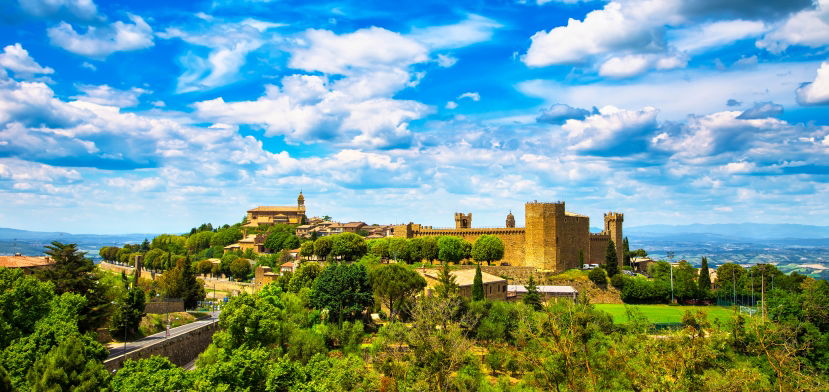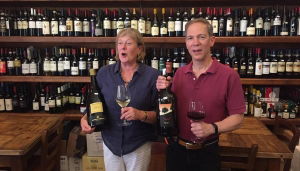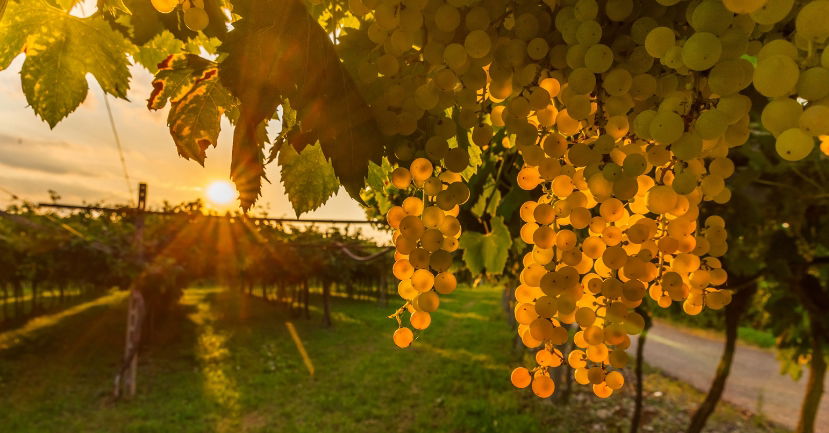BLOG
Tuscany wines
Mention the red wines of Tuscany and immediately examples such as Brunello di Montalcino, Chianti Classico and Vino Nobile di Montepulciano come to mind. Produced primarily or exclusively from the Sangiovese grape variety, these celebrated red wines truly define this region’s viticultural excellence. Over the last three decades, the distinctive red wines of Bolgheri, crafted from Bordeaux grape varieties from vineyards along Tuscany’s coast, have also become icons of Tuscan wine.
Yet there are other sublime red wines from this region that are notable yet lack the renown of the wines mentioned above. Carmignano, Morellino di Scansano and Montecucco are three other important red wines of Tuscany that reflect a sense of place and represent not only special quality, but impressive value as well.
When I first joined the wine industry some 16 years ago, I was thrown in at the deep end specialising in selling the world’s finest wines to the well-heeled customers of Northwest London. In those early days, one of the topics that frequently plunged me under the water was when I had to sound knowledgeable about Italian wines. In my first couple of weeks on the job I was given a great piece of advice by one of my seasoned veteran colleagues: if you know just one
Summary:
Join Barbara Philip MW in another wine lover’s tour of Italian cuisine. This time the virtual voyage will take us through Tuscany, Umbria, Lazio and Abruzzo as we discover the classic regional ingredients and dishes. We will also have a chance to look at the famous wines that go with the food and why.
Presenter: Barbara Philips MW
Summary:
In this live one-hour webinar, we explore the origins of Italy’s first-ever DOCG, Brunello Di Montalcino DOCG, where we see Sangiovese reach its full potential. An appellation where history, climate and influence of highly skilled winemakers play key roles in the evolution of its wines.
Matt Kirkland was an attendee of the WSG’s first Study Trip to Tuscany with Jane Hunt, MW. Here, he shares some of the insights he gleaned from the trip.
Quality in wine can be assessed based upon balance, length, intensity, and complexity (and typicity when not tasting blindly). As the workhorse grape of central Italy, Sangiovese had a checkered history relative to quality. It is a high acid grape, with relatively high tannins; and quality demands a balance of these structural components. The goal of this essay will be to discuss the acid/tannin balance, its impact upon quality, and the implications for “mouthfeel” of the resultant wines. The harmonious balance of quality can be achieved with pure Sangiovese (Brunello de Montalcino or some Chianti’s, or with blends as in Chianti or the “Super Tuscans”); the key is taming the interplay of tannin and acid on the palate. The journey through Tuscany is a delectable discovery of vinous diversity, unified by the grape.
“In the bad old days, Sangiovese tended to be overproduced which accentuated its tendency to exhibit high acid and unripe tannins… Sangiovese’s dominant viticultural characteristics are that it can vary as much as Pinot Noir in its sensitivity to place and that it ripens relatively late.” Jancis Robinson, www.jancisrobinson.com/learn/grape-varieties/red/sangiovese
Summary:
Drinking and discovering Montepulciano (the grape) d'Abruzzo is like looking at a painter's palette, so many colors, so many shades and so many possibilities. Montepulciano is one of Italy's most versatile grapes that can produce terrific rosatos, quaffable reds for any occasion but also some of Italy's boldest and age-worthy wines, worth every sip.
Presenter: Ciro Pirone
When the Consorzio Brunello di Montalcino was established in 1967, one year after the wine received DOC status (it became one of the initial DOCG wines in 1980), there were only twenty-five members. Today, there are more than two hundred Brunello producers; given the reputation of this wine for its ability to age for twenty-plus years in the finest vintages, this is hardly surprising.
Summary:
The wines of Toscana’s Montalcino are revered the world over and the price of vineyard land within the Brunello di Montalcino DOCG reflects that renown. However, just a short 30 minute drive from Montalcino lies the largely undiscovered world of Monte Amiata. Previously primarily known, in wine circles, for the important role it plays in sheltering the vineyards of Montalcino from intense summer storms that can develop on the sun-soaked Tuscan coastline, today Monte
Master of Wine Jane Hunt is interviewed by Decanter Magazine’s Andrew Jefford about Tuscany and its wines. Jane has a long, distinguished career in various aspects of the wine trade. She leads the Wine Scholar Guild immersion tours through some of the legendary Tuscan wine estates.
WSG is proud to partner with Borgo San Vincenzo to offer an immersive experience for the Italian Wine Essentials program (IWS Prep). The program blends wine education with history, culture, cuisine, and much more in a real-world setting in the heart of gorgeous Tuscany.
The inaugural course in October of 2023 will be led by Andrea Eby, Italian Programs Director of WSG.
You will meet local winemakers and connect with fellow wine enthusiasts from around the world. The small group of students will also enjoy guided wine-pairing dinners featuring wines from throughout Italy. Through classroom instruction and private tours and tastings, you will really get a feel for the nuances in the Tuscan region that have helped give life to the multitude of rich traditions around food and wine. The combination of not too strenuous classroom study, thought-provoking field trips and amazing tastings is the perfect way to get started on your Italian wine journey!
When you think of Italy’s vast array of wine grapes, which one comes to mind as the most difficult to study? Maybe Nebbiolo, for its seemingly endless site-specific details? Or Sangiovese, simply because there is so much of it, in so many different forms? I would posit that Trebbiano is perhaps the most perplexing. For one, Trebbiano grapes appear in vineyards across the Italian peninsula. In the case of Trebbiano Toscano and Trebbiano Romagnolo, they are among the most widely planted white wine grapes in Italy. The potential for variability is astounding.
Grapes for Vin Santo Drying in the Vinsantaia
One of the most characteristic wines of Toscana is Vin Santo. This passito is an ancient and traditional specialty produced throughout the entire region. Its origin dates back to the Middle Ages, but the prototype for this style of wine can be traced back to the Greeks and the Romans.
Most Vin Santo is made from white grapes, typically Trebbiano Toscano and Malvasia Bianca Lunga. It can be made from just one of these grapes but is more commonly a blend of the two. Trebbiano provides acidity while Malvasia provides body, texture and perfume. A rare, pink Vin Santo called Vin Santo Occhio di Pernice (“partridge eye”) is made from red grapes, usually Sangiovese. Only a few producers make this pink version.

